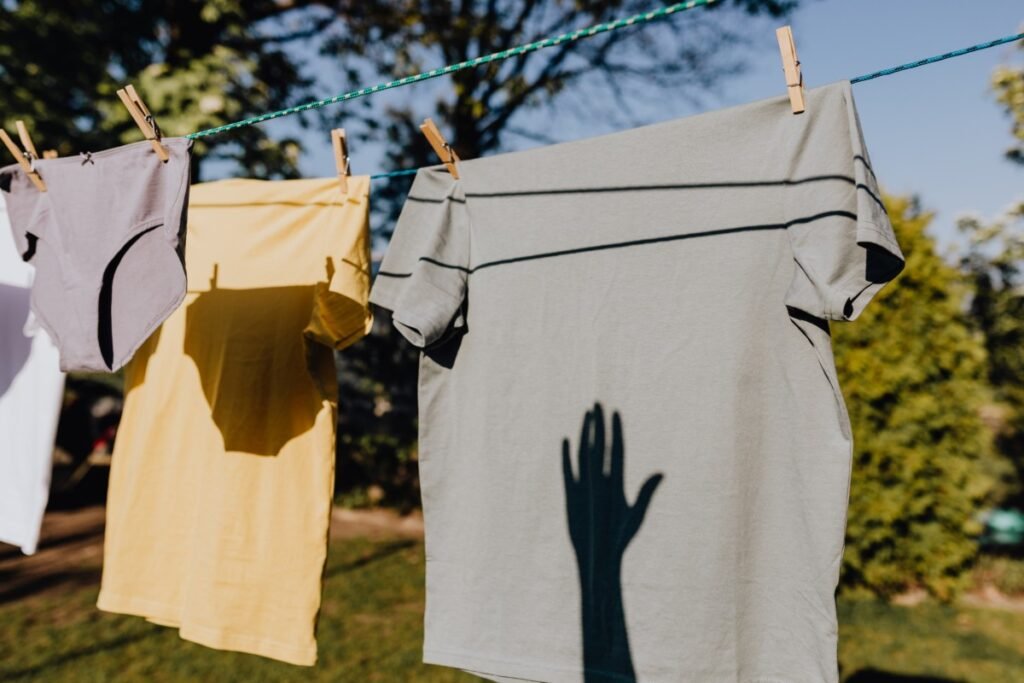Start making your office fridge more energy efficient today
There are plenty of easy, small, yet effective changes you can make to make your office fridge more energy efficient. Here are some of our favourites:
Don’t put hot food in the fridge
While it’s always good to keep leftovers instead of throwing them away, don’t put them in your fridge straight away. The warmer the food, the harder the fridge has to work to keep the temperature inside low enough. If you can, leave your leftovers out of the fridge to reach room temperature – but not for longer than 2 hours, as this can increase the risk of harmful bacteria growing on your food.
Keep the door shut
This might seem obvious, but when you’re pouring milk into your coffee or tea, shut the door while you’re doing so. Those few seconds will add up quickly and before you know it your fridge will have to work hard to bring the temperature back down.
Check its position
Make sure your fridge isn’t right next to a heat source, and is away from direct sunlight. It’s unlikely in an office setting that your fidge will be right next to an oven, but even a kitchen radiator or a sunny window can have an effect.
If the fridge is squeezed in tightly between countertops or cupboards, see if you can move anything around it. There should ideally be a few centimetres of a gap around the fridge to give it room to breathe and let the heat escape properly.
Inspect for broken door seals

The seals around the door help to keep the cold air locked in and any warm air safely outside. Make a habit of regularly checking these seals for cracks or breaks, and clean them every so often so that they’re free of mould and debris as dirt will weaken them and make the cool air escape from the fridge.
Don’t underestimate a small change in temperature
The ideal temperature for a fridge is somewhere between 2 and 5 degrees Celcius. But your appliance might be working too hard to get to the temperature you set – try moving the dial up even 0.5 of a degree and you’ll see an immediate reduction in energy expenditure.
Keep it stocked
Lots of empty space will make it harder to keep a consistent temperature, as food and drink holds onto cold better than air. Keep it nicely stocked, but not so stocked that the circulation of the cool air is difficult – that’ll be bad for its efficiency, too.

Clean the coils
The spiralling tubes at the back of your fridge are condenser coils, essentially they’re what help keep your fridge cold. But to do this they need proper ventilation, and a buildup of dirt and dust will slow down the cooling process, making the fridge work harder and use more energy to keep cold.
Clean the coils by turning off the fridge (don’t forget this part) and hoover or wipe the dust off. It’s probably best to remove the food before you do this!
Turn off the ice maker
Isn’t it great that we get ice instantly at the push of a button? It’s great for our drinks, but not so great for the energy efficiency of our fridges. If you’re not using it, turn it off, as even if your ice tray is full the motor that releases the ice will continue to run. This small change will add up over time and cut down your energy usage – with little impact on your daily life.
Defrost the freezer compartment
If you’ve got chunks of ice coating the freezer drawers and the cooling coils are more like ice blocks, it’s time to defrost your freezer and eat all the food from it! The ice acts as a bit of insulation, blocking the cooling effect from being circulated around the freezer and absorbing a lot of the cool air. This will make the ice block get larger and the freezer would need to work even harder to keep itself cool.
Assess your needs
The bigger the fridge, the harder it needs to work to keep cool, so try to match the size of appliance to the number and needs of the people using it.

If you’ve got a small team (or it’s just you working from your home office), keep your trusty smaller fridge and don’t get pulled in by the big flashy models. Bigger isn’t always better. And in fact, although newer fridges will be more modern and energy-efficient, their extra bells and whistles might add up to a much larger energy bill, counteracting any energy savings you might have got from a new appliance.
Ailuna for Teams
If you and your team are ready to kick-start your sustainability journey and implement small, easy habits towards a more sustainable lifestyle, download the Ailuna app today or email life@ailuna.com to learn more about our sustainability engagement programs for teams. We use behavioural science techniques to make building habits fun, and most importantly to make those habits last.

